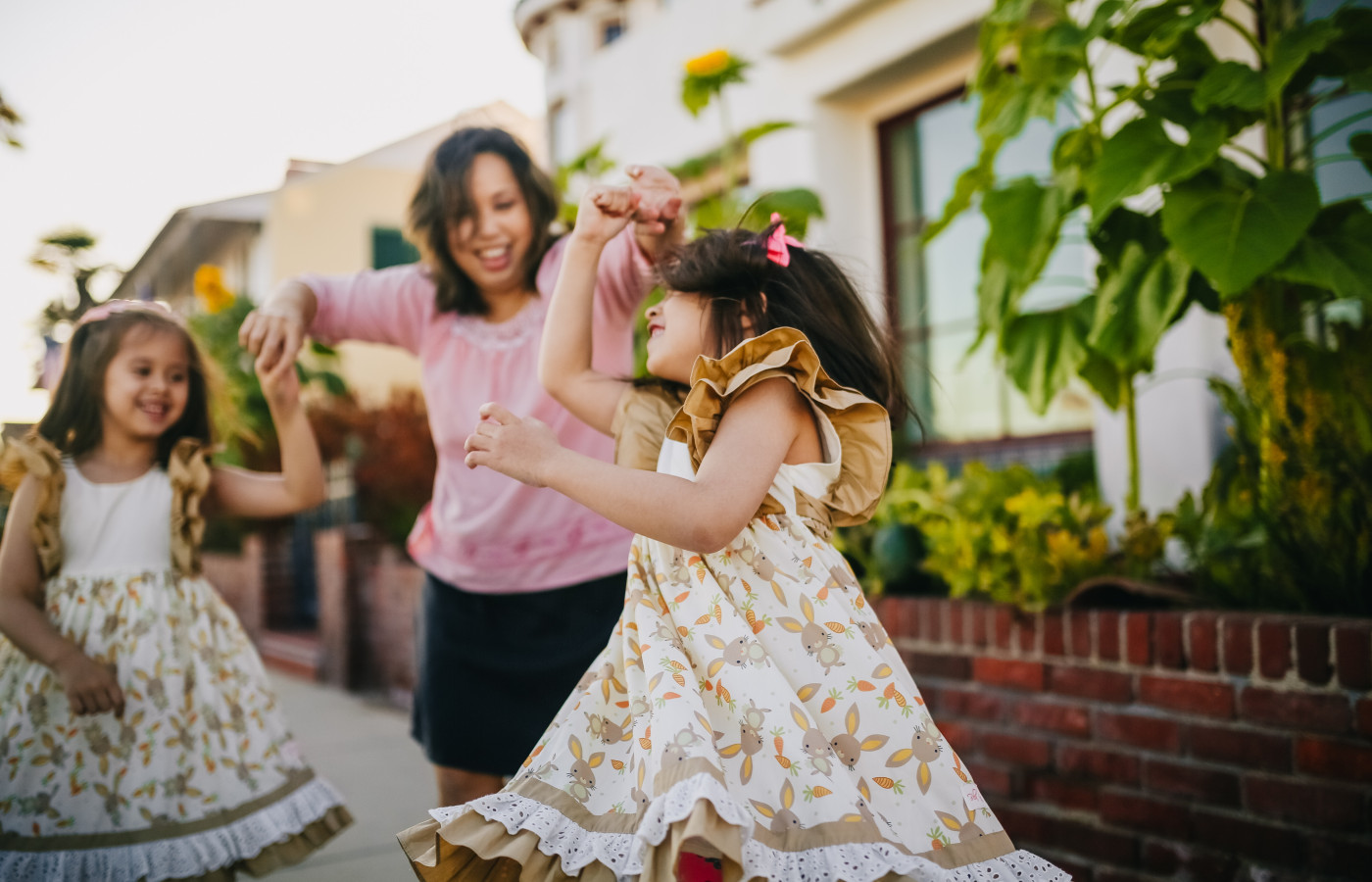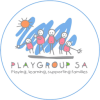Move and groove!

Move and groove!
Dance, twist, bob and wriggle
Materials Required
- A device that plays music
Small bluetooth speaker, Phone with music platform to play music from, Stereo with CD for music, Musical instruments to play while dancing
Play experience profile
-
Ages:
-
Min Playtime5 - 15 Minutes
-
Skills
-
Energy LevelActive play
-
Messiness Rating
-
EYLF Outcomes
Play Experience Preparation
Talk to child/children about doing some dancing together - Prepare space free from tripping and other hazards - Have a device ready to play music through (bluetooth speaker, phone, CD player).Experience Steps
- Start the music, and start dancing.
- Show your child how they can move their body to the music.
- Try different music to dance to and move in different ways.

What to talk about, or questions to ask during the experience
- Can you move your 'hips', 'arms', 'legs' in time with the music?
- What other body parts can you move?
- What other ways can we move?
- Can we move like different animals?
- Let's move fast/slow
Build on this...
- Develop short dance routines - leg in, leg out, hand in, hand out, in time with music.
- Stop and go - dancing to the music. Your child will need to listen to when he music stops, and stop dancing, and start dancing again when the music comes back on.
- Explore the different sounds of musical instruments if you have some, or find other things in the house that makes a sound (e.g. containers and pots for drums, tapping sticks together, etc.).
- Move to the music with scarves or ribbons.
WHO guidelines for physical activity and sedentary behaviour
Provide evidence-based public health recommendations for children, adolescents and adults on physical activity.
Learn more
Provide evidence-based public health recommendations for children, adolescents and adults on physical activity. Learn more
Moving to music is a great way to stay physically active.
EYLF Outcomes
The Early Years Learning Framework has been designed for use by early childhood educators working in partnership with families, children’s first and most influential educators.
View PDF
The Early Years Learning Framework has been designed for use by early childhood educators working in partnership with families, children’s first and most influential educators. View PDF
- Children take increasing responsibility for their own health and physical wellbeing
EYLF Principle
Principle 1: Secure, respectful and reciprocal relationships. Through a widening network of secure relationships, children develop confidence and feel respected and valued.
EYLF Practice
Practice: Learning through play. Play can expand children’s thinking and enhance their desire to know and to learn. In these ways play can promote positive dispositions towards learning. Children’s immersion in their play illustrates how play enables them to simply enjoy being.
Author:


